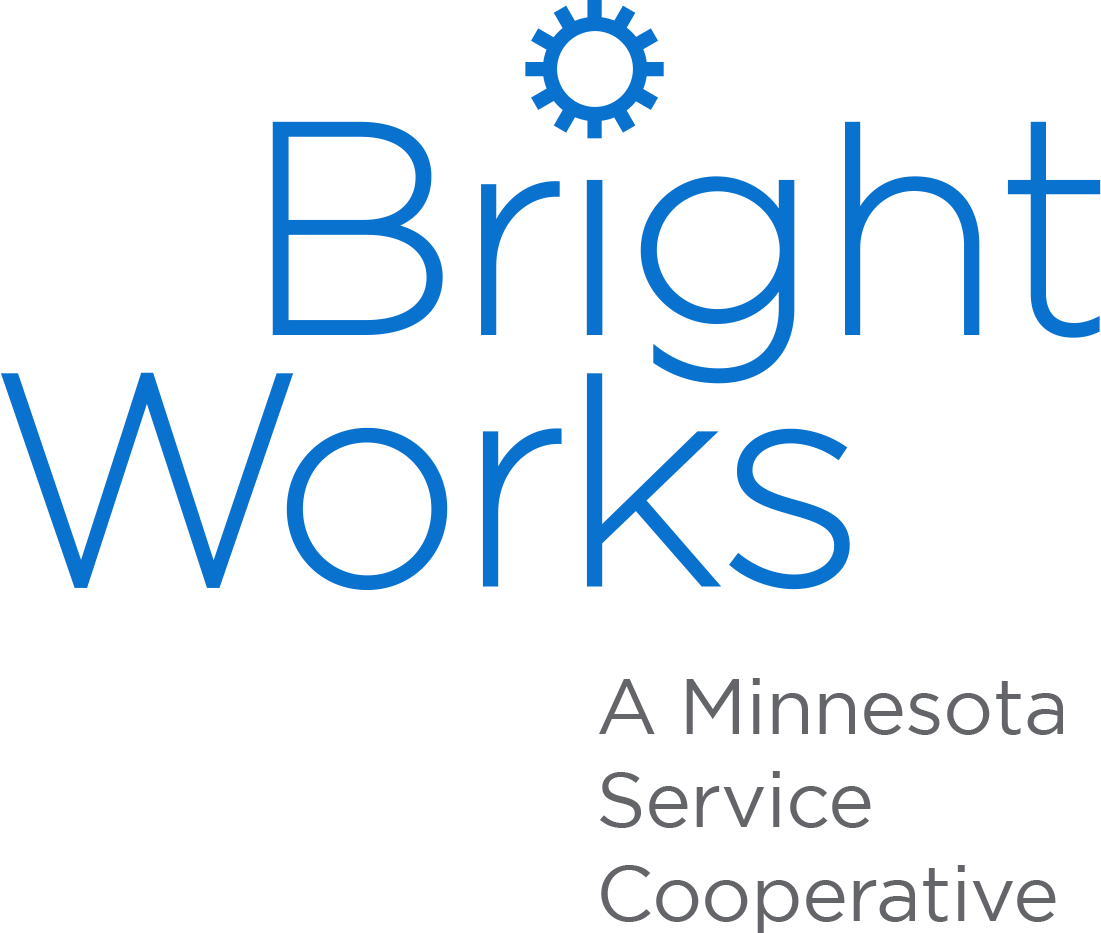Information
-
Project description
-
Contract No. GW
-
Contractor
-
Subcontractors on site
-
Conducted on
-
Prepared by
-
Location
-
Contractor's representative
1.0 Safe access
-
1.1 Contractor must ensure where there is no permanent access to roof areas, he provides properly constructed temporary access. Has this been provided?
-
1.2 Portable industrial-grade ladders, secured against movement, pitched at about 75 degrees (1 in 4) and extending at least 1000 mm above the stepping-off point, may be suitable for the Contractor to use for minor works. Is the contractor aware of this and compliant?
-
1.3 For major roofing work, Contractor must consider providing a scaffold access tower, preferably one with temporary stairways. Is the contractor aware of this and compliant?
-
1.4 Where more than two workers are likely to access the roof at the same time, Contractor may need to provide an access tower which is at least medium duty. Is the contractor aware of this and compliant?
-
1.5 The Contractor should ensure he never allow workers to use elevating work platforms or barrow hoists to gain access to the roof. Is the contractor aware of this and compliant?
-
1.6 The Contractor should provide a heavy duty access tower where more than five workers are likely to be on the roof at a time. Is the contractor aware of this and compliant?
-
1.7 Has Contractor ensured there is safe access to roof areas? Detail arrangements if necessary
2.0 Roof checks
-
2.1 Before commencing work on an existing roof, has Contractor made sure it has been thoroughly inspected to determine its strength?
-
2.2 Did Contractor check the condition of roof trusses, rafters, purlins & roof battens?
-
2.3 Has Contractor identified all areas of fragile roofing such as cement sheeting and fibreglass skylights?
-
2.4 Did Contractor check the fixing and strength of safety mesh, paying particular attention to any signs of heavy corrosion?
-
2.5 Has Contractor had to strengthen any suspect areas of roof support with temporary props or similar, or prevent access to particular locations? Please comment
-
2.6 Has Contractor checked existing roofs thoroughly?
3.0 Fall protection
-
3.1 • Falls from heights is the single most serious risk associated with roof work.
• Wherever there is any danger of a worker being killed or seriously injured by falling over the roof edge, the Contractor shall provide an appropriate means of protection.
• Where a scaffold has been provided by the Contractor for construction of the walls or guttering, usually better to leave it in place until the roof work is complete.
• Where this is not possible, the Contractor should use a temporary guard railing system.
• There are proprietary guard railing systems available which are suitable for a wide range of roofing situations.
• For the rare occasions when guard railing is not practicable, then the Contractor may consider using safety line systems.
• The Contractor must make sure that any safety line system is securely anchored and is set up so that inertia reel lines cannot be severed on sharp edges. Also make sure that the lines can be used without creating the "pendulum effect" in the event of a worker falling. -
3.2 Using the above information, ha the contractor protected workers by ensuring they will not fall off the edges of the roof? Provide details.
-
3.3 • For metal deck roofing, the best way for Contractors to protect roof workers from falling over leading edges is to cover the entire roof area with safety mesh before the roof is laid. This also provides ongoing protection for future roof maintenance and repair work.
• For roof tiling work, the close spacing of roof battens is usually adequate to safeguard workers from leading edge falls. -
3.4 Using the above information, has the contractor protected workers from falling from incomplete roofs? Provide details.
-
3.5 Skylights which are not protected with safety mesh and penetrations left for the installation of air conditioning, etc, can be a danger to roof workers. The Contractor must securely cover them or fix temporary guard railing around them.
-
3.6 Using the above information, has the contractor protected workers from falling through skylights and penetrations?
4.0 Protecting people below
-
4.1 Has the Contractor Isolated the area below roof work wherever there is any danger of people being struck by falling material, debris or tools?
-
4.2 Contractor to also isolate areas under roof edges unless toe boards are fixed to temporary guard railing to contain all material, debris and loose tools.
-
4.3 Has Contractor protected people below from the dangers of falling material?
5.0 Safe use of tools
-
5.1 Has Contractor ensured that the electrical leads and power tools are be protected by residual current devices (RCD's) and are well maintained, safe, fully serviceable and regularly inspected and tested by qualified electrical people?
-
5.2 Is the Contractor using a tagging system which records the date of the last test?
-
5.3 Has Contractor taken particular care to ensure extension leads are not likely to be damaged by sharp edges of steel or roof sheeting?
-
5.4 Are roof workers' tools and equipment being used safely?
6.0 Footwear
-
6.1 Has Contractor considered if roof workers need protective footwear that gives them a non-slip and flexible grip on the roof surface?
-
6.2 Do roof workers have appropriate footwear?
7.0 UV and glare
-
7.1 Contractor to ensure the workers have sunglasses with safety lenses. Is contractor compliant?
-
7.2 Is the contractor compliant with Gippsland Water's sun smart policy?
Additional comments
-
Add additional comments
Action Required
-
Contractor is to review the comments, and consider the recommended actions within this audit. The contractor needs to demonstrate they are complying with their obligations as an employer, what specific remedial action they propose for this site, and if any overall modifications are required to their Health and Safety Plan / safety procedures / supervision. Prompt corrective action is required to eliminate any agreed deficiencies, and any areas of disagreement need to be further explored in writing. All “failed responses” need to be addressed/resolved.
Signatures
-
Gippsland Water responsible officer
-
Auditor
-
Contractor's representative












